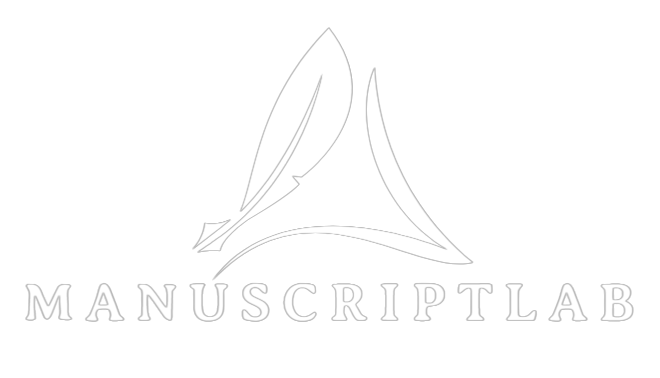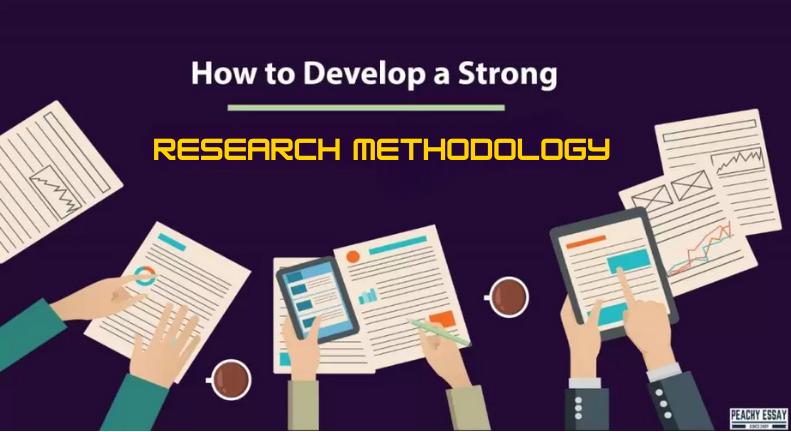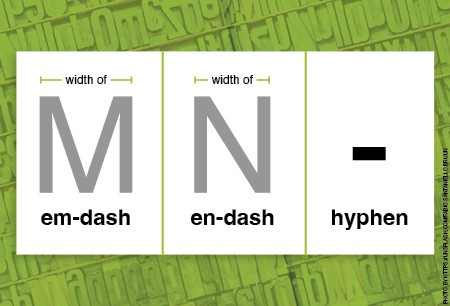Understanding Journal Scope and Audience
The first step in selecting an academic journal is understanding the scope and audience of potential journals. Journals often define their scope by outlining the types of research they publish, the disciplines they cover, and the audience they aim to reach. Matching your research topic with a journal’s scope is essential to ensure that your work aligns with the journal’s objectives and that it will be of interest to its readership.
To assess whether a journal’s scope is appropriate for your research, start by reviewing the journal’s “Aims and Scope” section, usually found on its website. This section provides detailed information about the topics the journal covers, the type of articles it publishes (e.g., original research, reviews, case studies), and the specific audience it targets. For example, if your research focuses on environmental science, you should look for journals that explicitly publish work in this field, such as the Journal of Environmental Management or Environmental Science & Technology.
It is also beneficial to examine recently published articles in the journal. This can give you insight into the types of studies that the journal prioritizes and whether your research fits within its current thematic trends. Moreover, considering the journal’s audience helps in evaluating whether the readership will find your research valuable. Publishing in a journal that is widely read by your target audience can significantly increase the impact of your work.
Assessing the Journal’s Impact Factor and Reputation
Another critical factor in choosing the right academic journal is its impact factor, a metric that reflects the average number of citations received by articles published in the journal. While the impact factor is often considered a measure of a journal’s prestige, it should not be the sole criterion for journal selection. It is important to note that impact factors can vary significantly across disciplines, and a high impact factor in one field may be considered average in another.
To evaluate a journal’s impact, consider the following:
- Impact Factor: This metric is published annually in the Journal Citation Reports (JCR) by Clarivate Analytics. A high impact factor indicates that the journal’s articles are frequently cited, which can enhance the visibility of your research.
- H-index: The h-index of a journal accounts for both the number of articles published and the number of citations received, providing a more nuanced view of a journal’s impact.
- Altmetrics: These metrics consider the digital attention an article receives, such as social media mentions, news articles, and policy documents, offering insights into the broader impact of your work.
While a high impact factor can be indicative of a journal’s quality, it is also important to consider the relevance of the journal to your field. Publishing in a specialized journal with a slightly lower impact factor may be more beneficial if the journal is highly regarded within your specific research community.

Evaluating Indexing and Accessibility
The indexing of a journal in major databases is another crucial consideration. Journals indexed in reputable databases such as PubMed, Scopus, Web of Science, and the Directory of Open Access Journals (DOAJ) are generally considered credible and have a wider reach. Being indexed in these databases ensures that your research is accessible to a broad audience, increasing the likelihood of citations.
When evaluating a journal, check its indexing status on its website or in the Master Journal List provided by Clarivate Analytics. Journals that are not indexed in recognized databases may have limited visibility and may not be considered for academic promotions or research evaluations in some institutions.
Moreover, consider the journal’s accessibility options:
Open Access Journals:
These journals make articles freely available to the public, which can significantly increase the visibility and impact of your research. However, open access journals often charge an article processing fee (APC), so it is important to factor in these costs.
Hybrid Journals:
These journals offer both subscription-based and open access publishing options. While this model provides flexibility, ensure that the open access option meets your needs and budget.
Analyzing the Peer-Review Process
The rigor and transparency of the peer-review process are key indicators of a journal’s quality. Peer review is the cornerstone of scholarly publishing, providing an independent assessment of the validity, significance, and originality of research.
There are several types of peer review processes:
Single-Blind Review:
The reviewers know the identity of the authors, but the authors do not know the reviewers. This is the most common type of peer review but can introduce bias.
Double-Blind Review:
Both the reviewers and the authors are anonymous, which reduces bias but can be difficult to maintain in highly specialized fields.
Open Review:
Both the authors and reviewers are known to each other, promoting transparency but potentially leading to conflicts of interest.
When choosing a journal, consider the type of peer review process it employs and its potential impact on the evaluation of your research. It is also important to assess the speed and transparency of the review process. Some journals provide information on their average time to first decision and publication, which can help you gauge the efficiency of the process. Fast publication times can be crucial if your research is time-sensitive, but ensure that the speed does not compromise the quality of the review.
Considering Ethical Standards and Avoiding Predatory Journals
Ethical considerations play a significant role in the selection of an academic journal. Reputable journals adhere to high ethical standards in their publication practices, ensuring that the research they publish is conducted and reported with integrity.
When evaluating a journal, ensure that it follows the guidelines established by reputable organizations such as the Committee on Publication Ethics (COPE), the International Committee of Medical Journal Editors (ICMJE), or the World Association of Medical Editors (WAME). These guidelines cover a range of issues, including authorship criteria, conflicts of interest, data transparency, and ethical treatment of research subjects.
Additionally, be vigilant about predatory journals—unscrupulous publishers that exploit the open access model by charging high publication fees without providing legitimate editorial and peer review services. Predatory journals often have misleading titles that closely resemble those of reputable journals, and they may solicit articles aggressively through email invitations. To avoid predatory journals, consult the Beall’s List of Potential Predatory Journals and Publishers, although it is important to cross-reference with other sources, as some legitimate journals may be falsely accused.
Practical Tips for Journal Selection
To effectively navigate the complex process of journal selection, consider the following practical tips:
Consult with Colleagues and Mentors:
Experienced researchers and mentors can provide valuable insights into reputable journals in your field. They may also recommend journals based on their own publishing experiences.
Use Journal Finder Tools:
Several online tools can help match your manuscript with suitable journals. For example, Elsevier’s Journal Finder and Springer’s Journal Suggester allow you to input your title, abstract, and keywords to find potential journals.
Review Journal Policies and Guidelines:
Carefully review the journal’s submission guidelines, author instructions, and policies on issues such as data sharing, supplementary materials, and preprint submissions. Adhering to these guidelines is crucial for a successful submission.
Assess Publication Costs:
Be aware of the costs associated with publishing in a particular journal, including APCs, color figure charges, and page fees. Ensure that these costs align with your budget or that funding is available to cover them.
Conclusion
Choosing the right academic journal for your research is a decision that requires careful consideration of various factors, including journal scope, impact factor, indexing, peer-review process, and ethical standards. By thoroughly researching potential journals and aligning your choice with the objectives of your research, you can maximize the visibility, impact, and credibility of your work.
Publishing in the right journal not only enhances your academic reputation but also contributes to the advancement of knowledge in your field. As the landscape of academic publishing continues to evolve, staying informed about best practices in journal selection is essential for all researchers. By following the guidelines outlined in this article, you can make an informed decision that will benefit both your career and the broader academic community.
For further reading and in-depth analysis, you can refer to authoritative sources such as COPE, Clarivate Analytics, and the Directory of Open Access Journals. These resources provide valuable information on ethical publishing practices, journal metrics, and open access options, all of which are crucial for making informed decisions in academic publishing.












